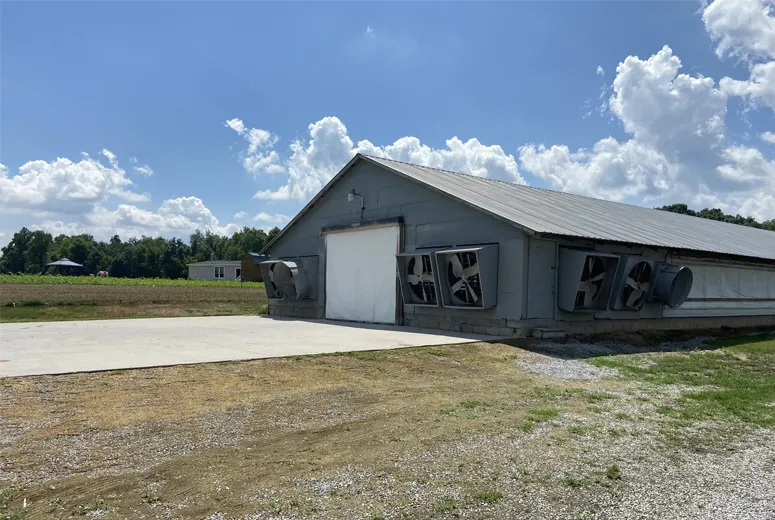- Afrikaans
- Albanian
- Amharic
- Arabic
- Armenian
- Azerbaijani
- Basque
- Belarusian
- Bengali
- Bosnian
- Bulgarian
- Catalan
- Cebuano
- Corsican
- Croatian
- Czech
- Danish
- Dutch
- English
- Esperanto
- Estonian
- Finnish
- French
- Frisian
- Galician
- Georgian
- German
- Greek
- Gujarati
- Haitian Creole
- hausa
- hawaiian
- Hebrew
- Hindi
- Miao
- Hungarian
- Icelandic
- igbo
- Indonesian
- irish
- Italian
- Japanese
- Javanese
- Kannada
- kazakh
- Khmer
- Rwandese
- Korean
- Kurdish
- Kyrgyz
- Lao
- Latin
- Latvian
- Lithuanian
- Luxembourgish
- Macedonian
- Malgashi
- Malay
- Malayalam
- Maltese
- Maori
- Marathi
- Mongolian
- Myanmar
- Nepali
- Norwegian
- Norwegian
- Occitan
- Pashto
- Persian
- Polish
- Portuguese
- Punjabi
- Romanian
- Russian
- Samoan
- Scottish Gaelic
- Serbian
- Sesotho
- Shona
- Sindhi
- Sinhala
- Slovak
- Slovenian
- Somali
- Spanish
- Sundanese
- Swahili
- Swedish
- Tagalog
- Tajik
- Tamil
- Tatar
- Telugu
- Thai
- Turkish
- Turkmen
- Ukrainian
- Urdu
- Uighur
- Uzbek
- Vietnamese
- Welsh
- Bantu
- Yiddish
- Yoruba
- Zulu
Nov . 24, 2024 05:06 Back to list
Understanding Industrial Building Types
Industrial buildings are structures used for manufacturing, warehousing, and distribution of goods. These buildings are essential to the economy, providing the infrastructure necessary for production and storage. Understanding the various types of industrial buildings is crucial for investors, planners, and builders alike. Each type serves specific functions and comes with unique design requirements that reflect the operational needs of different industries.
1. Warehouses
Warehouses are among the most common types of industrial buildings. They are primarily used for the storage of goods before they are distributed to retailers or directly to consumers. Warehouses vary in size and complexity, from simple, large open spaces to more sophisticated facilities equipped with climate control and inventory management systems. Modern warehouses often incorporate automated technology like conveyor belts and robotics, which enhance efficiency in material handling.
2. Manufacturing Facilities
Manufacturing facilities are designed specifically for the production of goods. These buildings are usually tailored to the specific needs of the manufacturing process, which can include assembly lines, machinery installations, and adequate space for raw materials and finished products. Depending on the type of manufacturing, these facilities may require specialized infrastructure, such as high ceilings for equipment or reinforced floors to support heavy machinery.
Distribution centers serve as pivotal hubs in the supply chain, where goods are received from manufacturers and then redistributed to various locations. These buildings are strategically located to optimize logistics and transportation networks. They often feature advanced technology for tracking inventory and managing shipping logistics. Distribution centers are generally larger than traditional warehouses and may include offices for administrative staff dealing with logistics and supply chain management.
industrial building types

4. Research and Development (R&D) Facilities
With the increasing emphasis on innovation, R&D facilities have become an integral part of many industrial sectors. These buildings are designed to foster creativity and innovation, featuring laboratories, testing areas, and collaboration spaces. R&D facilities must be equipped with specialized equipment and materials to support experimental work and product development. They are often located in close proximity to universities or technology hubs to facilitate partnerships and access to talent.
5. Cold Storage Facilities
Cold storage facilities are critical for industries dealing with perishable goods, such as food and pharmaceuticals. These buildings are equipped with refrigeration systems that maintain specific temperatures to preserve the quality and safety of stored items. The design of cold storage facilities must account for efficient temperature control and accessibility for loading and unloading goods. These facilities play a significant role in the supply chain, ensuring that products reach consumers in optimal condition.
6. Flex Space
Flex space refers to versatile industrial buildings that can be adapted for a variety of uses. This type of facility often combines warehouse, manufacturing, and office spaces within a single structure. Flex space is particularly popular among startups and small businesses that require a dynamic environment that can grow with their needs. As industries evolve, the need for adaptable spaces has become increasingly vital to accommodate changing demands.
Conclusion
The diversity of industrial building types reflects the myriad functions they serve in the economy. From warehouses and manufacturing facilities to specialized spaces like cold storage and R&D centers, each type plays a crucial role in the production and distribution of goods. Understanding the characteristics and requirements of these buildings is essential for effective industrial planning and development, ensuring that businesses can operate efficiently and meet consumer demands. As technology continues to advance, we can expect to see further innovations in the design and functionality of industrial buildings, paving the way for a more efficient and dynamic industrial landscape.
-
How Do Prefabricated Steel Structures Transform Modern Construction?
NewsJul.14,2025
-
How Do Prefabricated Metal Buildings Redefine Modern Construction?
NewsJul.14,2025
-
How Do Prefab Insulated Metal Buildings and Steel Structures Revolutionize Modern Construction?
NewsJul.14,2025
-
How Do Pre - Engineered Steel Structures Redefine Modern Construction?
NewsJul.14,2025
-
Advancing Modular Construction with Prefabricated Metal Structures
NewsJul.14,2025
-
Advancing Industrial Infrastructure with Prefabricated Steel Solutions
NewsJul.14,2025
Products categories
Our Latest News
We have a professional design team and an excellent production and construction team.












